Overview
The Skilhunt MiX-7 (affiliate link) is a flashlight with seven LEDs and five colors of light output: white, red, green, blue, and ultraviolet. It runs on an 18350 battery, which is usually associated with small, pocket-friendly lights, but the wide head required for all those LEDs and their individual reflectors means that the MiX-7 is a wide flashlight best suited to carry in a bag or jacket pocket.
When I try to think of practical use cases for the MiX-7, I come up short. It performs well, but for a short time due to the small battery. There are sometimes practical uses for UV and colors, but most people need only one secondary color, not four. The MiX-7 is, however, entertaining.
For those who want something different and fun, the MiX-7 qualifies and is conditionally recommended.
Specifications
| Spec | - |
|---|---|
| Battery | 1x18360 |
| LED | Nichia 519A x3 (white), Cree XP-E2 (red, green, and blue), Seoul UV Z5-1B (ultraviolet) |
| Color temperature | 4604K |
| Color rendering index | 97 |
| Max output | 2157 lm |
| Max throw | 121 m |
| Max sustainable output | 600 lm |
| Max output at 50% battery | 1902 |
| Best efficiency | 155 lm/W @ 200 lm |
| Candela per lumen | 1.7 (very floody) |
| Length | 78.8 mm |
| Head diameter | 32.5 mm |
| Weight | 63.5 g |
| Weight with battery | 88.5 g |
| Charging | USB to magnetic |
| Low Voltage Protection (LVP) | Yes, 2.75V |
| Lockout | Mechanical and electronic |
| Approximate price | $70 |
| Provided by | Skilhunt |
| Rating | ★★★☆☆ (conditionally recommended) |
Highlights
- High CRI (with 519A option)
- Multiple colors are fun
- Good efficiency
Lowlights
- 18350 battery seems like an odd match for this design
- Charging pad can spark when shorted
Details and technical analysis
Versions
The MiX-7 is available with either neutral white, high-CRI Nichia 519A LEDs, or cool white, low-CRI Cree XP-G4 LEDs. It is available in black, green, orange, blue, and white body colors.
Accessories
The MiX-7 comes with a battery, charging cable, pocket clip, lanyard, spare O-rings, tailcap magnet, non-magnetic tailcap insert, and visible light filter.
The visible light filter is for the UV LED and does not come pre-installed because an American company claims to have a patent covering the use of filters with UV LED flashlights. I do not think this patent would survive a well-funded court challenge since Wood's glass was invented in 1903, but patent litigation is expensive.
The filter greatly reduces visible purple light when using the UV LED. It's easy to install: just unscrew the bezel, lift off the glass lens, and drop it in.
Modes and user interface
User Interface
3C means to press and release the button three times in rapid succession. 3H means to press and release twice, then press and hold. Memory means that the last-used mode in the group is activated.
| State | Action | Result |
|---|---|---|
| Off | Hold | Low group (memory) |
| Off | Click | Medium group (memory) |
| Off, low, medium | 2C | Turbo group (memory) |
| Turbo | 2C | Medium group (memory) |
| Low, medium, turbo | Hold | Adjust brightness |
| Any | 3C | Strobe group |
| Off | 4C | Lockout |
| Lockout | 4C | Low group (memory) |
| Lockout | Hold | L1 (momentary) |
| Low | 2H | Medium group (memory) |
| Medium | 2H | Low group (memory) |
| Strobe | 2C | Cycle strobe, SOS, beacon |
| Low | Hold | Cycle low -> red -> green -> blue -> UV |
| Low | 2C | Toggle L1/L2, R1/R2, etc... |
| Mode | Estimated lumens | Estimated throw (FL1 meters) |
|---|---|---|
| L2 | 1 | 2 |
| L1 | 3 | 3 |
| M2 | 56 | 20 |
| M1 | 200 | 36 |
| H1 | 600 | 64 |
| T2 | 1129 | 89 |
| T1 | 2157 | 121 |
Output, runtime, and efficiency
I suspect my output readings are a little high for lights with 519A LEDs. I don't have a good way to verify this, so I'm reporting the numbers as I recorded them.
| Mode | Estimated lumens |
Time to 80% | Time to 50% | Time to 10% | Efficiency (lm/W) |
Current (mA) |
|---|---|---|---|---|---|---|
| L2 | 1 | - | 6 | |||
| L1 | 3 | - | 36 | |||
| M2 | 56 | 9.6 hours | 9.6 hours | 9.8 hours | 131 | 105 |
| M1 | 200 | 3.2 hours | 3.2 hours | 4.1 hours | 155 | 306 |
| H1 | 600 | 59 minutes | 59 minutes | 87 minutes | 147 | 976 |
| T2 | 1129 | 4.4 minutes | 51 minutes | 61 minutes | 143 | 2120 |
| T1 | 2157 | 1.1 minutes | 1.3 minutes | 54 minutes | 136 | None |
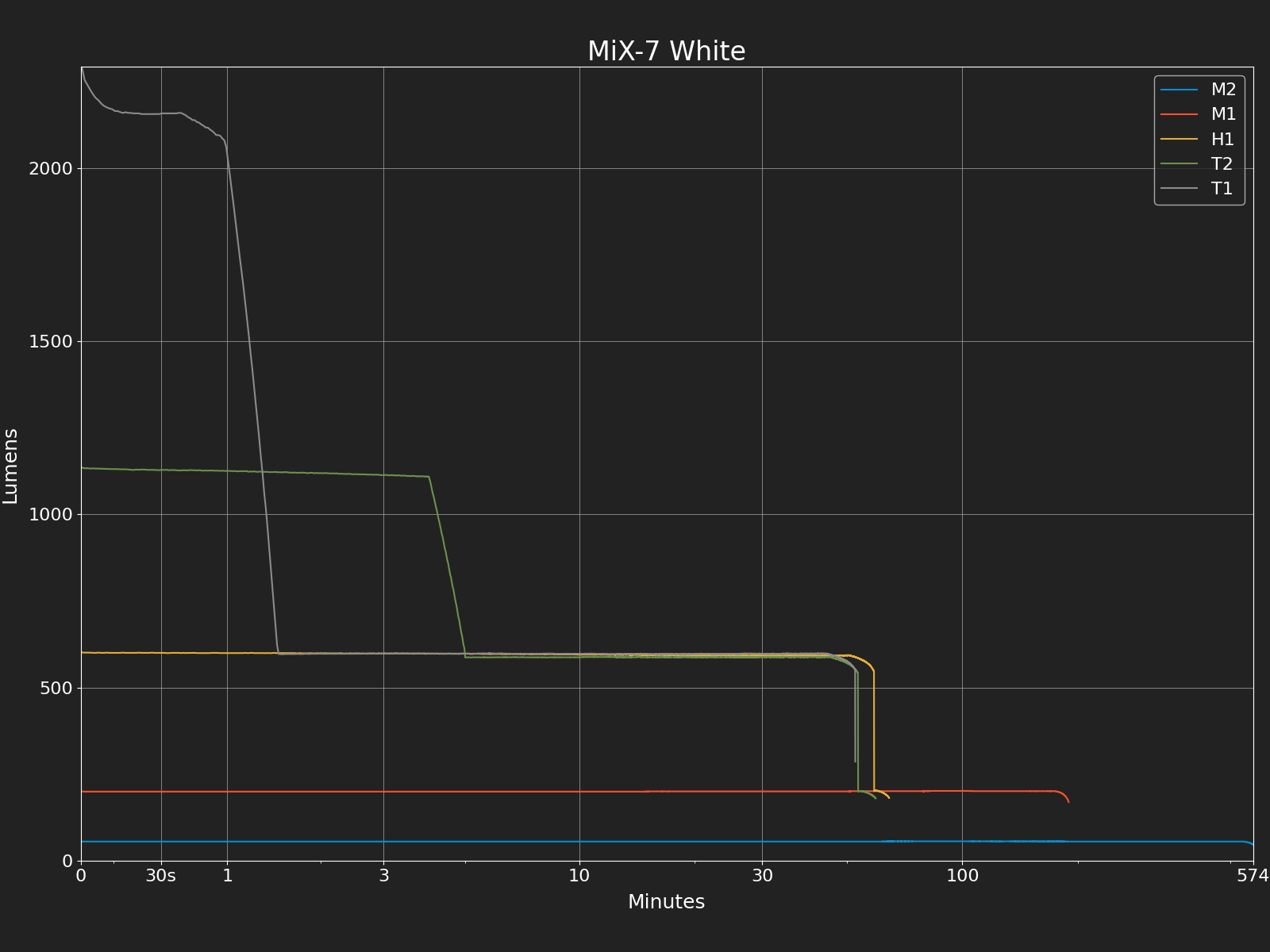
Note that lumens are likely to be very imprecise for monochromatic colors, and have no meaning for UV. Fluorescence on surfaces does, however create visible light, allowing me to graph UV output over time.
| Mode | Estimated lumens |
Time to 80% | Time to 50% | Time to 10% | Efficiency (lm/W) |
Current (mA) |
|---|---|---|---|---|---|---|
| B2 | 0 | - | 100 | |||
| B1 | 431 | 66 minutes | 68 minutes | 83 minutes | - | 853 |
| R2 | 0 | - | 79 | |||
| R1 | 395 | 88 minutes | 88 minutes | 88 minutes | - | 672 |
| UV2 | 0 | - | 99 | |||
| UV1 | 125 | 76 minutes | 115 minutes | 3.6 hours | - | 852 |
| G2 | 0 | - | 92 | |||
| G1 | 262 | 72 minutes | 72 minutes | 74 minutes | - | 826 |

Light quality
Readings are taken from the center spot diffused with DC Fix diffusion film using an X-rite i1Pro spectrophotometer. 100 is the maximum for all CRI metrics; typical flashlight LEDs have CRI around 70 and negative R9.
| Mode | Color Temperature |
Tint Duv | CRI | CRI R9 (deep red) |
CRI R12 (deep blue) |
|---|---|---|---|---|---|
| L2 | 4735K | 0.0001 (neutral) | 97 | 98.7 | 75.8 |
| L1 | 4607K | 0.0001 (neutral) | 97.1 | 97.9 | 76.3 |
| M2 | 4589K | 0.0003 (neutral) | 96.9 | 98.6 | 76.6 |
| M1 | 4567K | 0.0003 (neutral) | 96.5 | 99.8 | 77 |
| H1 | 4604K | 0.0002 (neutral) | 95.9 | 97.3 | 77.6 |
| T2 | 4737K | -0.0001 (neutral) | 94.8 | 94.8 | 77.8 |
| T1 | 4737K | -0.0021 (slightly rosy) | 94.9 | 93 | 79 |
Beamshots
I compare all lights to the Zebralight SC64c LE in outdoor beamshots. It is non a direct competitor to the MiX-7.
Max vs SC64c LE
Sustainable vs SC64c LE
Colors
Tint versus BLF 348 and SC64c LE
The 365nm UV reveals security features on currency.
It also shows where sunblock is applied.
Batteries and charging
The MiX-7 uses an 18350 battery, and any standard 18350 of reasonable quality can be used. It has onboard charging with a USB to magnetic pad cable, which is proprietary since there's no standard for magnetic charging. Charging with the included MC10 cable at 1A current takes about 100 minutes. The MC20 cable included with larger Skilhunt lights can also be used, but its 2A charge current is too much for an 18350 battery and may cause it to degrade quickly. Charging with that cable takes 45 minutes.
Short-circuiting the charging pad on the flashlight can cause a spark. Current cuts off in a small fraction of a second, but it is possible to ignite steel wool some of the time. This could be dangerous in some conditions.
An indicator light under the switch shows battery charge as follows:
- Steady blue: > 80%
- Blinking blue: 50-80%
- Steady red: 20-50%
- Blinking red: < 20%
Size and ergonomics
The MiX-7 is an odd shape, having a short body and a wide head. I've found no way to comfortably carry it in a pants pocket. It's fine in the hand, but I think a longer body tube would be better here.
A magnetic tailcap allows mounting the flashlight to surfaces, and can be replaced with the included rubber pad for those who don't want a strong magnet. There is a non-removable weak magnet under the charging pad.
Modification potential
It's easy to unscrew the bezel to access the optics and LEDs, however the MCPCB has seven LEDs mounted on it and six wires soldered to it. Replacing any LEDs would be a delicate affair.
As with other Skilhunt lights, permanent threadlocker is used on the head side of the battery tube, but it can be unscrewed with a pair of strap wrenches. The tube is the only thing securing the driver to the flashlight head, which saves a bit of length, but prevents Skilhunt from offering user-replaceable tubes.
Once the threadlocker is dealt with, an 18650 tube from another Skilhunt light will fit and function. I borrowed one from an H04 RC.
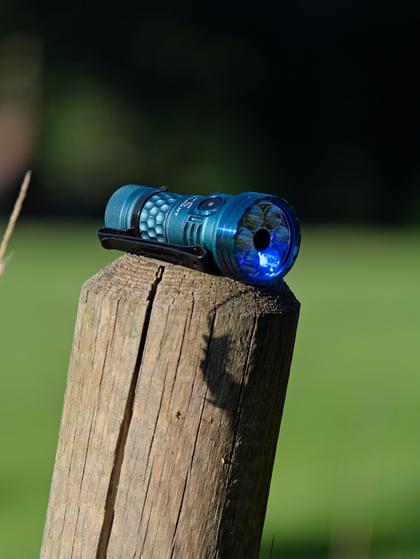
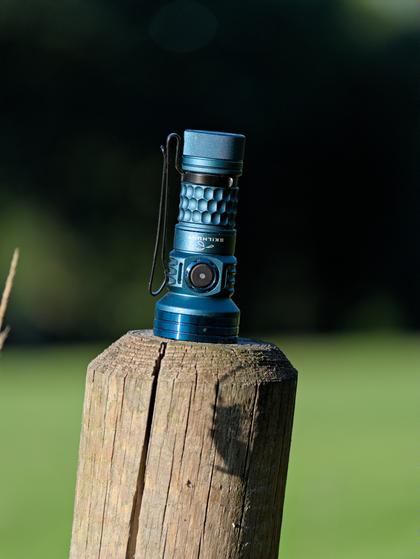
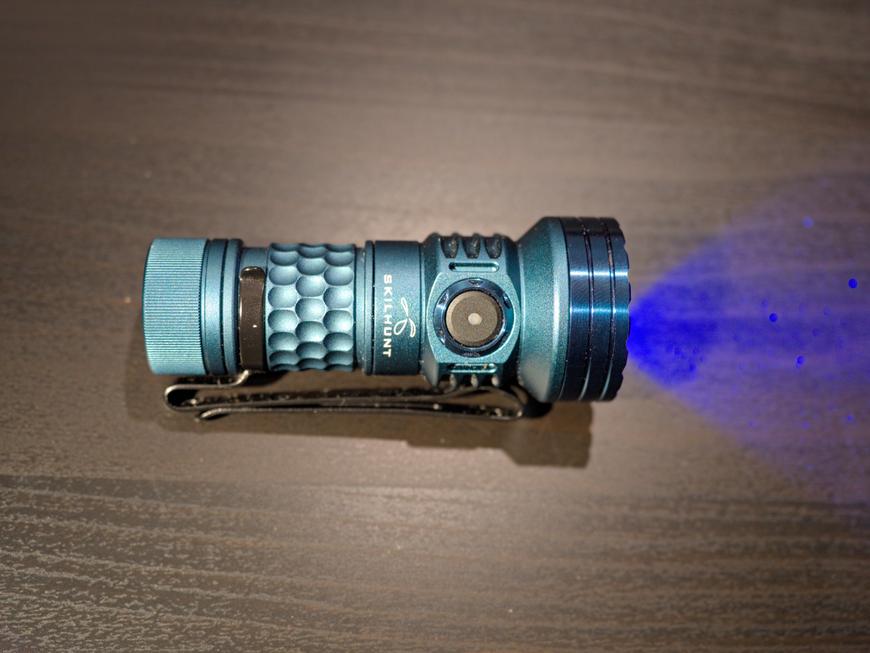
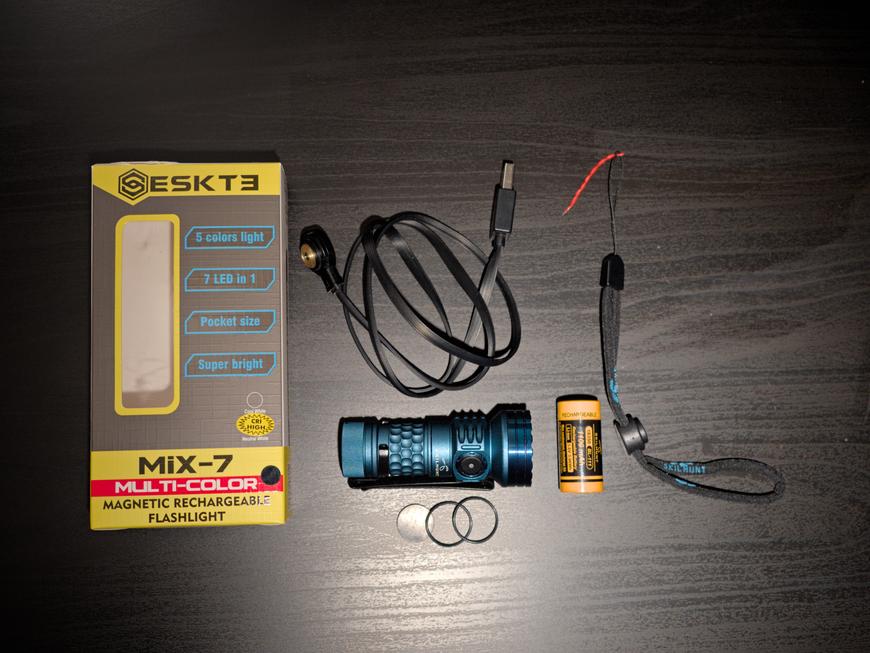

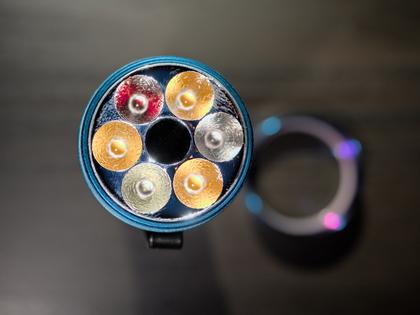
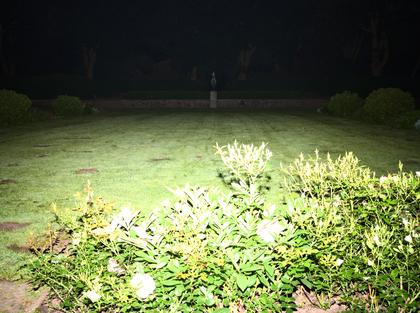

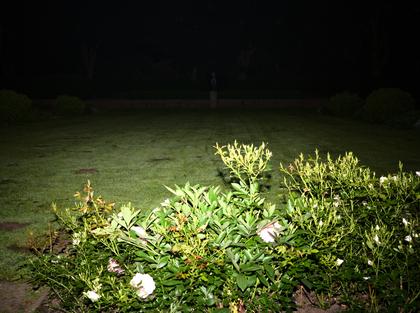


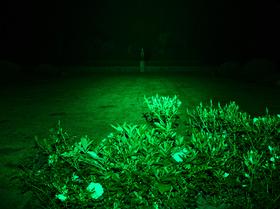

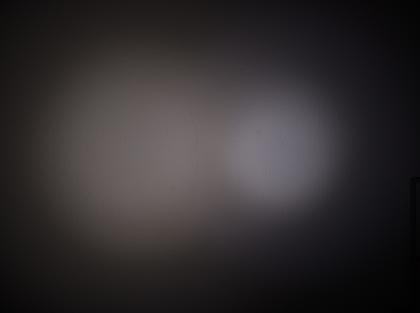
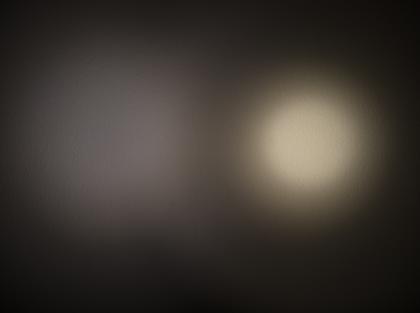
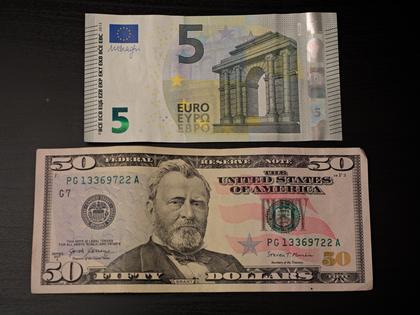
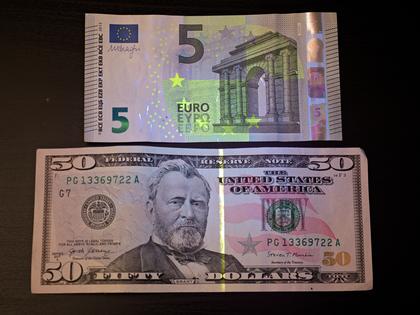


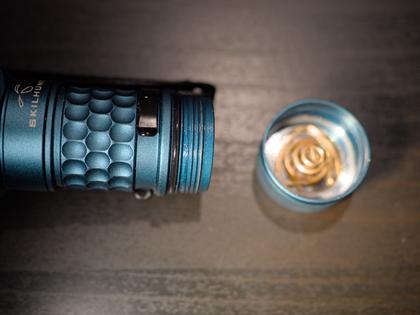

Comments
You can use your Mastodon or Lemmy account to reply to this
Reply Reply
Reply
Loading...